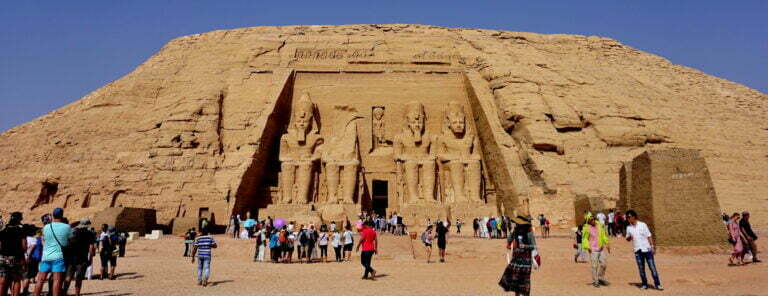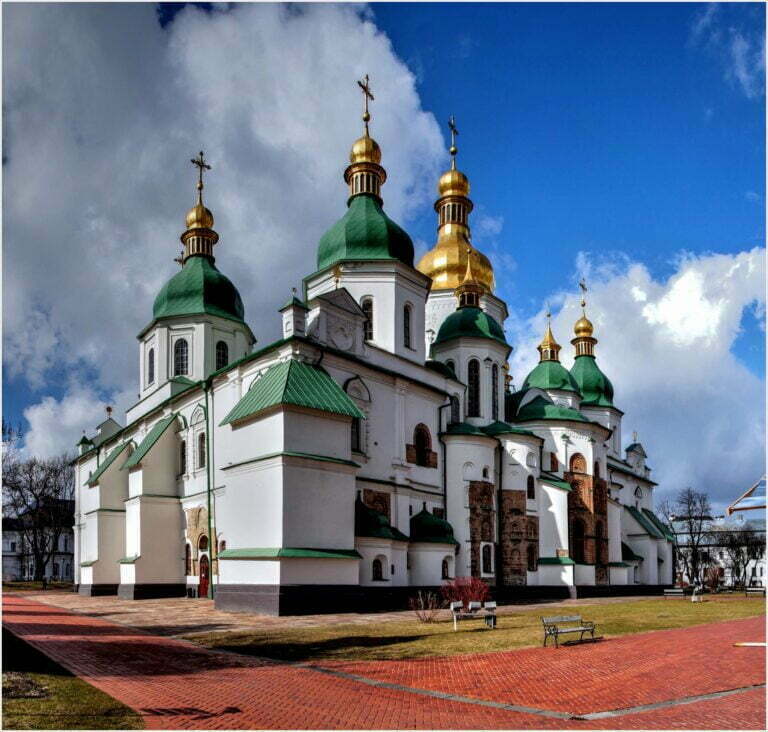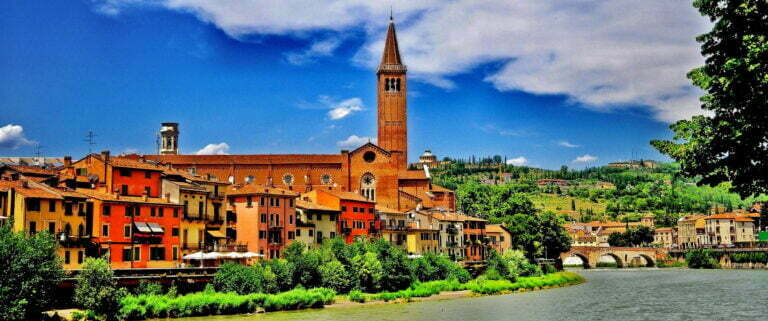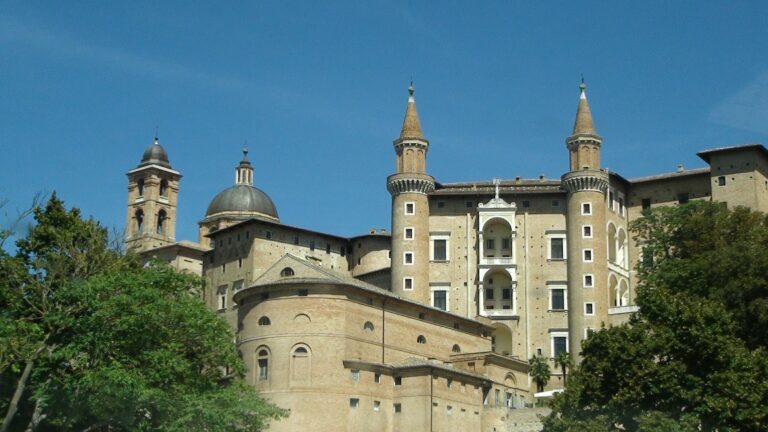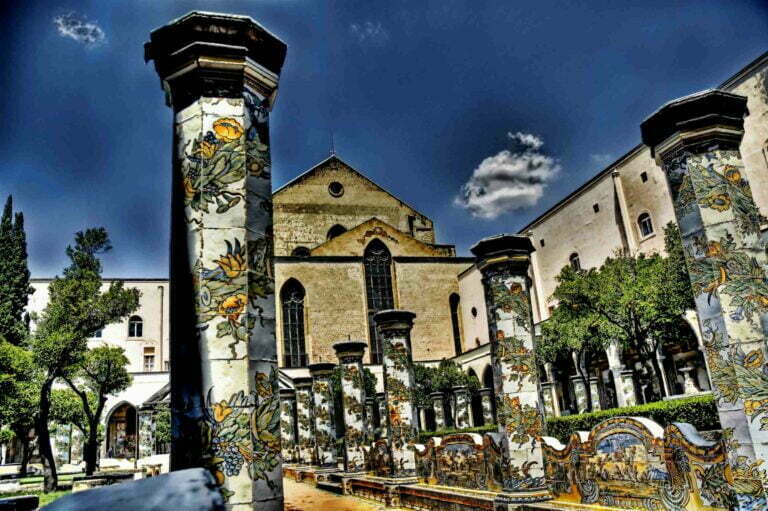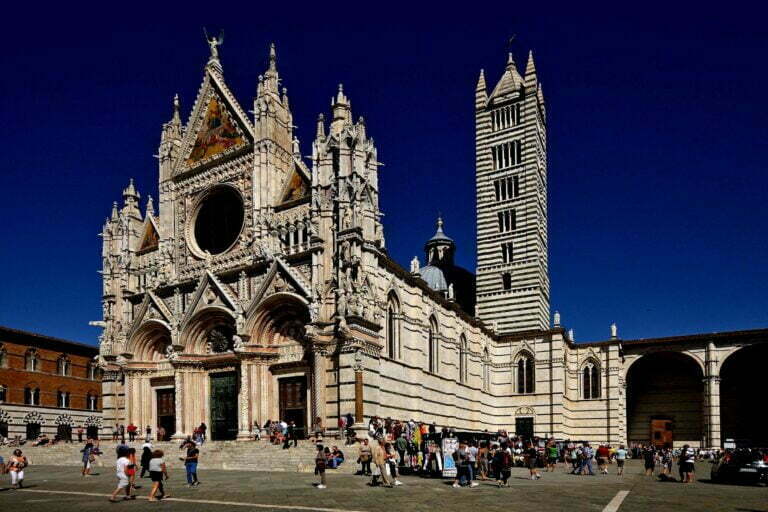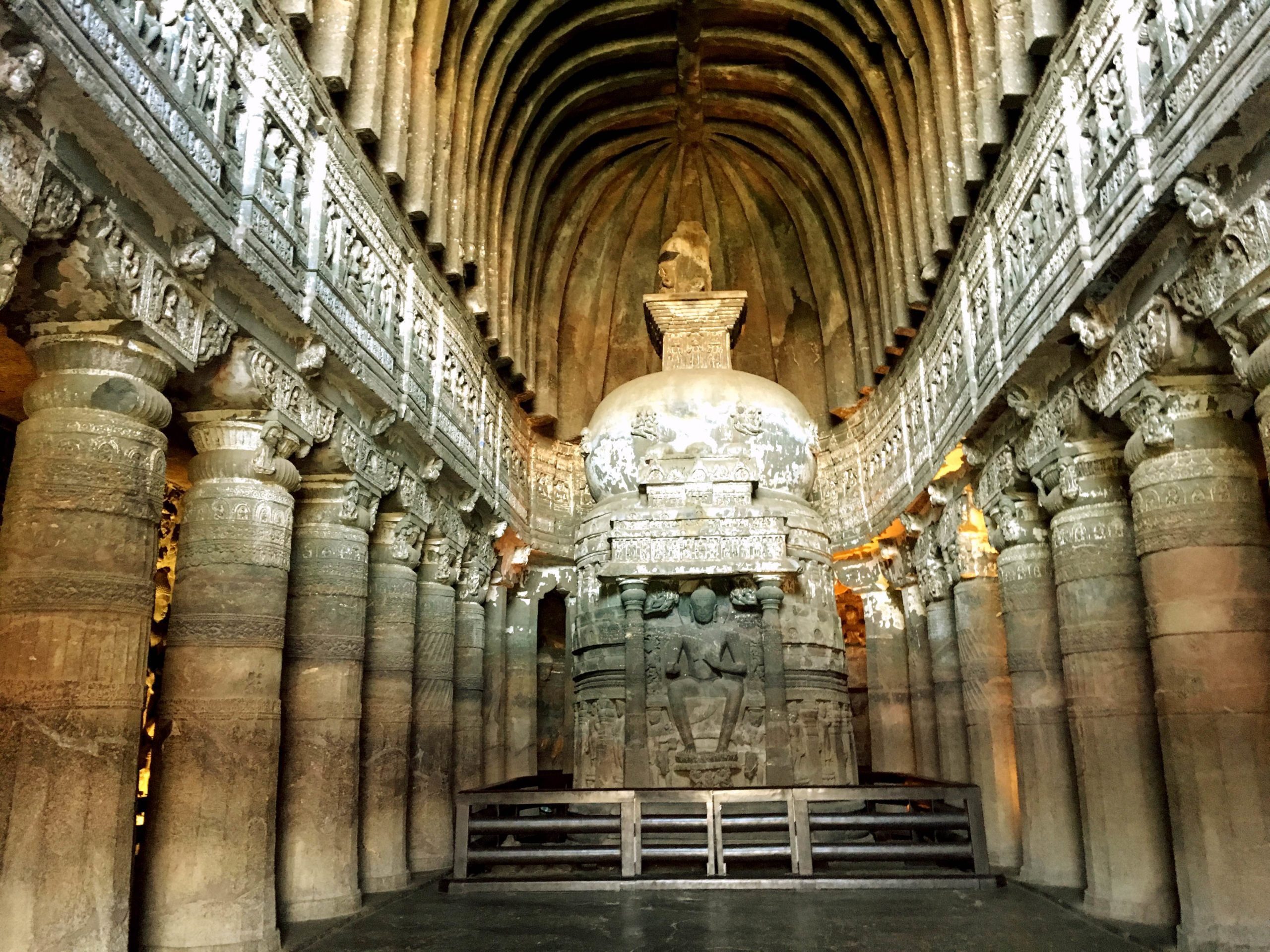Chichen Itza Facts and History

Chichen Itza is a renowned archaeological site located on the Yucatan Peninsula of Mexico. It represents one of the most iconic and well-preserved pre-Hispanic cities of the Maya civilization, featuring a blend of Maya and Toltec styles. One of its most iconic structures is El Castillo, also known as the Pyramid of Kukulkan. This pyramid showcases advanced astronomical and mathematical knowledge, with its design aligning with the equinoxes to create a serpent-like shadow descending the pyramid’s steps. The city is home to the Sacred Cenote, a natural sinkhole believed to have held religious significance. It was used for ceremonial purposes, including offerings of valuable objects, jewelry, and even human sacrifices. Explorations of the cenote have revealed a trove of archaeological artifacts. Chichen Itza’s observatory, known as the Caracol, demonstrates the Maya’s advanced understanding of astronomy. The city’s architecture also incorporates precise mathematical and calendrical calculations, evident in the layout of buildings and structures. Here’s a summary of Chichen Itza’s historical and cultural significance:



